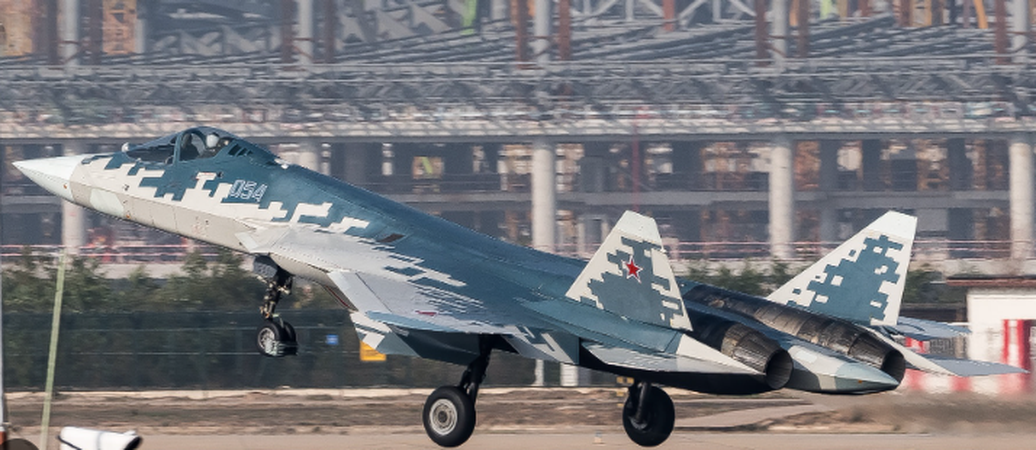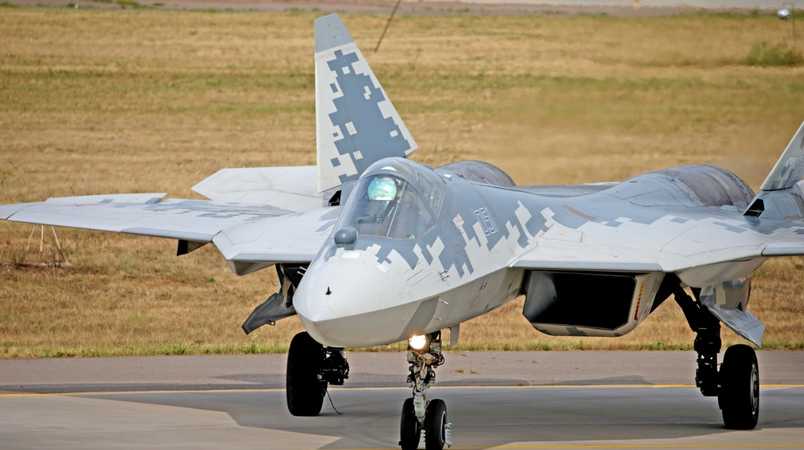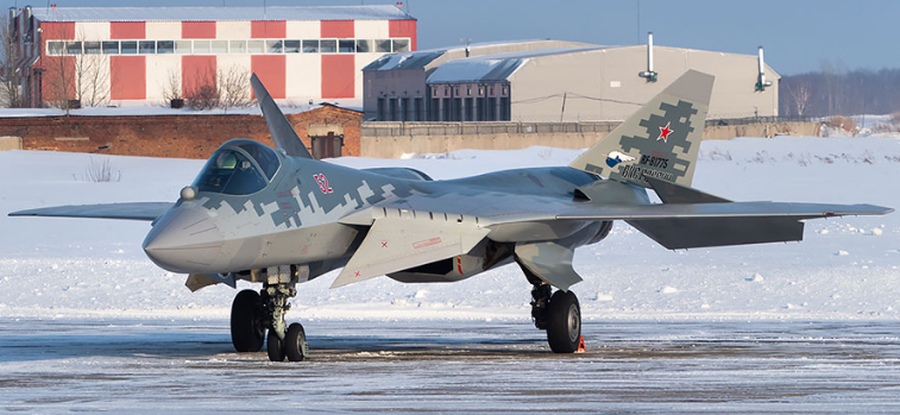
An informal "confrontation" that occurred these days in India, at a major air show, between a Russian fighter and an American 5th generation fighter, brought to the forefront the rather turbulent history of the Russian "wingsword", the Sukhoi Su-57.
Debates are once again raging throughout the aviation world about who has the best fighter jet at the moment. So, let's recall some details about the Russian aircraft, which is considered by them to be the pinnacle of their technological achievements.
The Sukhoi Su-57 (also known as the PAK FA or T-50) is Russia's first fifth-generation fighter aircraft, designed to compete with the American F-22 Raptor and F-35 Lightning II.
It is a multi-role aircraft developed by Sukhoi, with the aim of strengthening the Russian Air Force and replacing the older MiG-29 and Su-27.
The Su-57 combines high maneuverability, advanced electronic warfare systems, and stealth capabilities, making it a formidable adversary on modern battlefields.
Development of the Su-57 began in the 2000s by Sukhoi, with the first flight taking place on January 29, 2010. The aircraft underwent extensive testing, but faced significant delays due to technical and financial challenges.
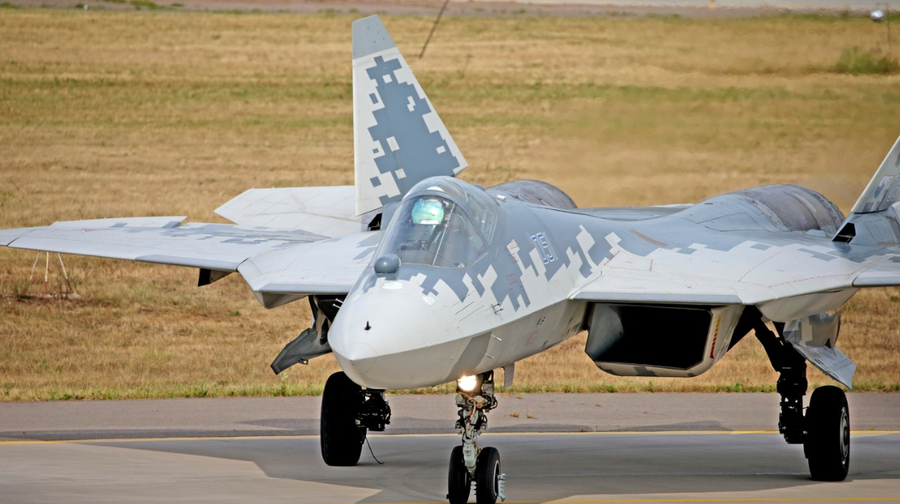
The program suffered cuts, with the Russian government initially ordering only 12 units, before announcing the intention to produce a larger number.
Russia collaborated with India to develop a variant of the Su-57, known as the FGFA (fifth generation fighter aircraft) , but the program was eventually abandoned due to differences in specifications and cost issues.
The Su-57 went through several testing phases and only in 2019 the first unit was delivered to the Russian armed forces. Russia plans to produce a total of over 76 units by 2027, with possible exports to allies such as India and China.
Its engines are designed for supersonic flight without afterburning, although the original Saturn AL-41F1s will be replaced by newer Izdeliye 30s, which are expected to improve performance and reduce heat footprint.
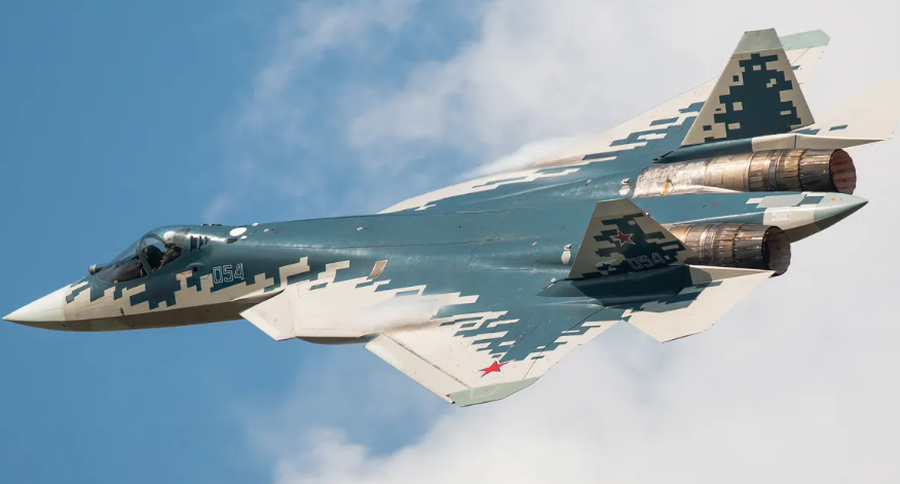
The Su-57 has advanced features, which rank it as one of the most advanced fighters in the world.
It features “thief” technology, powerful Izdeliye 30 engines (the Russians have always had the most powerful engines, even if they have suffered from reliability) and thrust vectoring capability for amazing maneuvers. It carries the most modern weapons systems Russia has, and also has advanced electronic warfare systems.
Comparisons of the Su-57 with the American F-22 and F-35 are inevitable. Compared to the F-22, it excels in stealth characteristics and sensors, but the Su-57 is more capable in close-quarters maneuvers and combat.
The F-35 has superior connectivity and electronics, but the Su-57 is faster and better at combat.
The Su-57 officially entered service with the Russian Air Force in 2020. It was used to a limited extent in Syria for testing in real combat conditions.
Although there are reports of interest from foreign markets, such as Turkey and Vietnam, exports remain limited, mainly due to low production and international sanctions against Russia.

For now, the Su-57 remains a "mystery" to Westerners, which is why its appearance in India (and even in an informal "showdown" with an F-35) created a huge sensation.
However, despite its capabilities on paper, the Su-57 appears to have a long way to go.
Beyond its design weaknesses (such as its very high radar signature) , there are problems with its production (it is estimated that there are just over 30 operational aircraft in the Russian Air Force) and engine reliability. (A2 Televizion)

